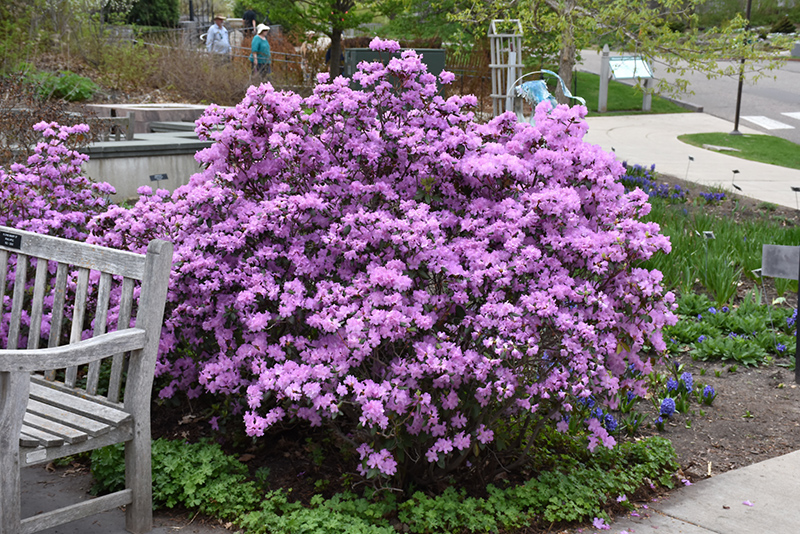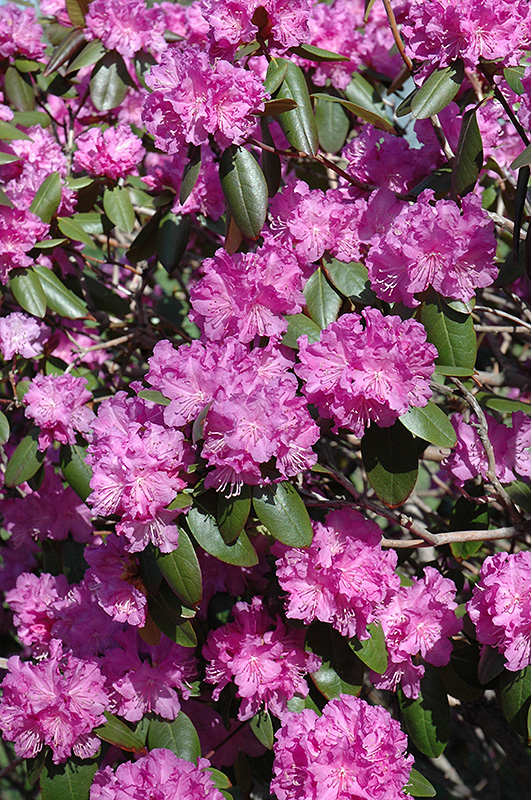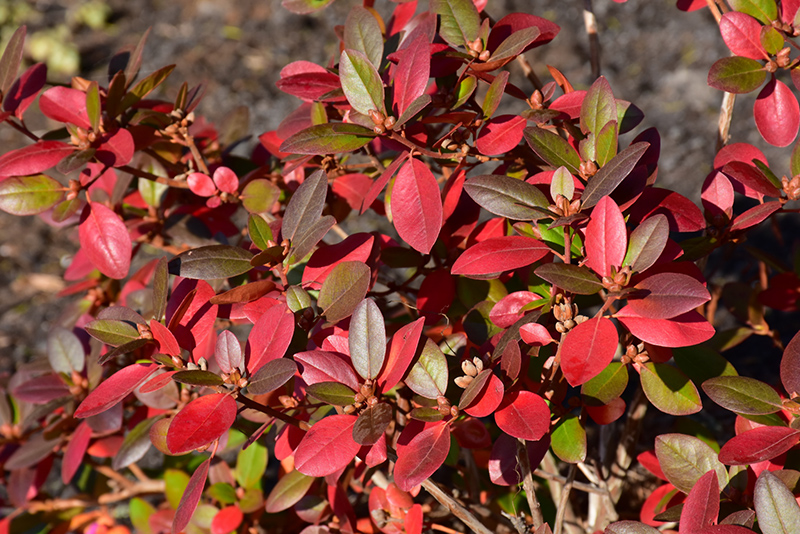Plant Search
Height: 5 feet
Spread: 5 feet
Sunlight:
![]()
![]()
Hardiness Zone: 3b
Group/Class: P.J.M. Series
Description:
A pretty broadleaf evergreen shrub with showy purple-pink flowers in spring and a compact upright habit, very hardy, interesting fall coloration; absolutely must have well-drained, highly acidic and organic soil
Growing Place Choice Plants
Our Growing Place Choice plants are chosen because they are strong performers year after year, staying attractive with less maintenance when planted in the right place.
Learn more about this promotion!
Ornamental Features
P.J.M. Rhododendron is covered in stunning clusters of lightly-scented lavender trumpet-shaped flowers with rose overtones at the ends of the branches in mid spring, which emerge from distinctive fuchsia flower buds. It has green evergreen foliage. The narrow leaves turn an outstanding purple in the fall, which persists throughout the winter.
Landscape Attributes
P.J.M. Rhododendron is an open multi-stemmed evergreen shrub with a more or less rounded form. Its relatively coarse texture can be used to stand it apart from other landscape plants with finer foliage.
This is a relatively low maintenance shrub, and should only be pruned after flowering to avoid removing any of the current season's flowers. It has no significant negative characteristics.
P.J.M. Rhododendron is recommended for the following landscape applications;
- Accent
- Mass Planting
- General Garden Use
Planting & Growing
P.J.M. Rhododendron will grow to be about 5 feet tall at maturity, with a spread of 5 feet. It tends to be a little leggy, with a typical clearance of 1 foot from the ground, and is suitable for planting under power lines. It grows at a slow rate, and under ideal conditions can be expected to live for 40 years or more.
This shrub does best in full sun to partial shade. It requires an evenly moist well-drained soil for optimal growth, but will die in standing water. It is very fussy about its soil conditions and must have rich, acidic soils to ensure success, and is subject to chlorosis (yellowing) of the foliage in alkaline soils. It is somewhat tolerant of urban pollution, and will benefit from being planted in a relatively sheltered location. Consider applying a thick mulch around the root zone in winter to protect it in exposed locations or colder microclimates. This particular variety is an interspecific hybrid.
A NetPS Plant Finder tool




